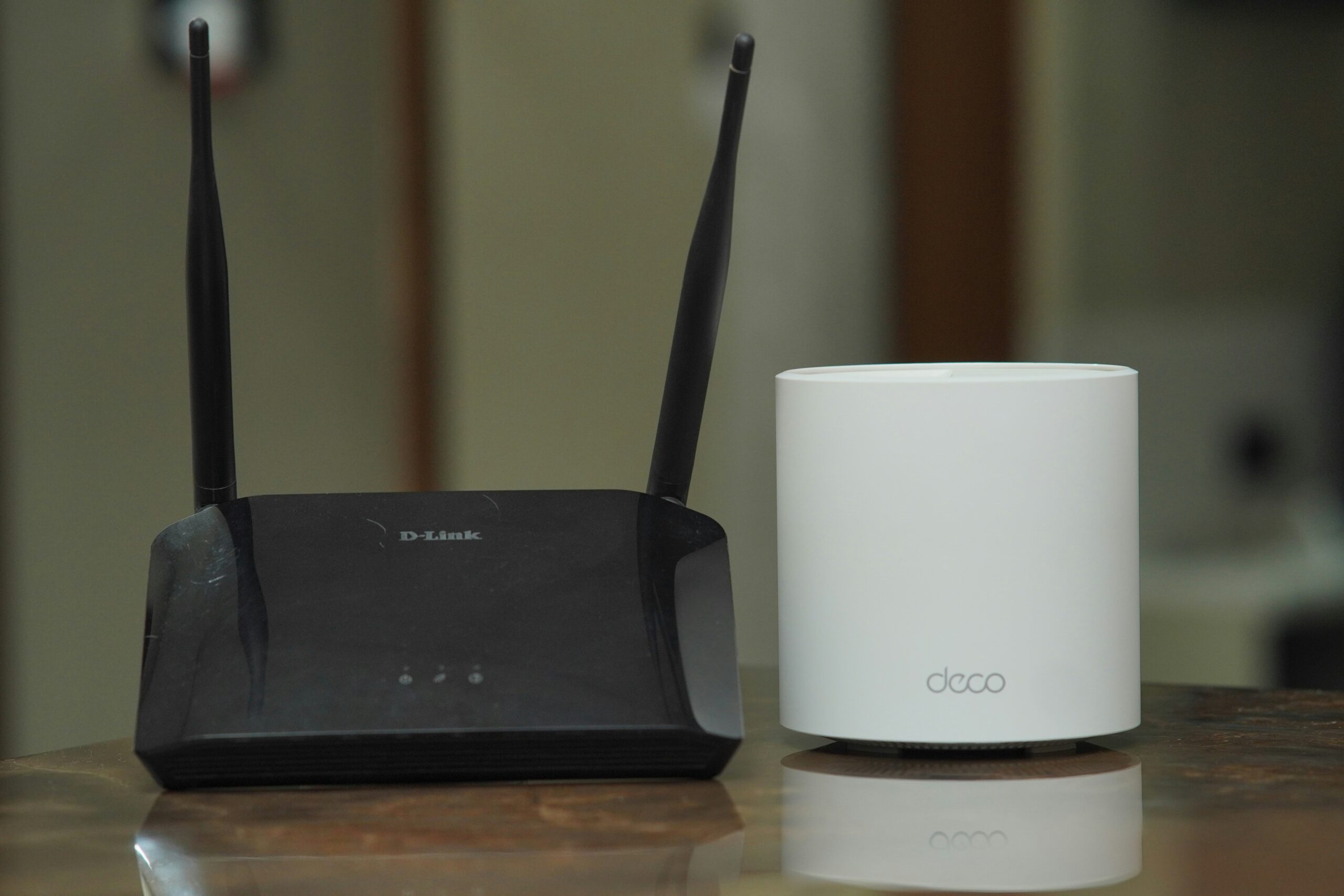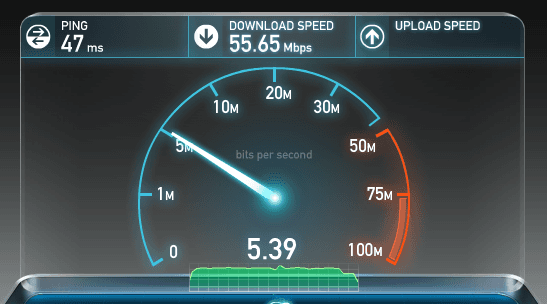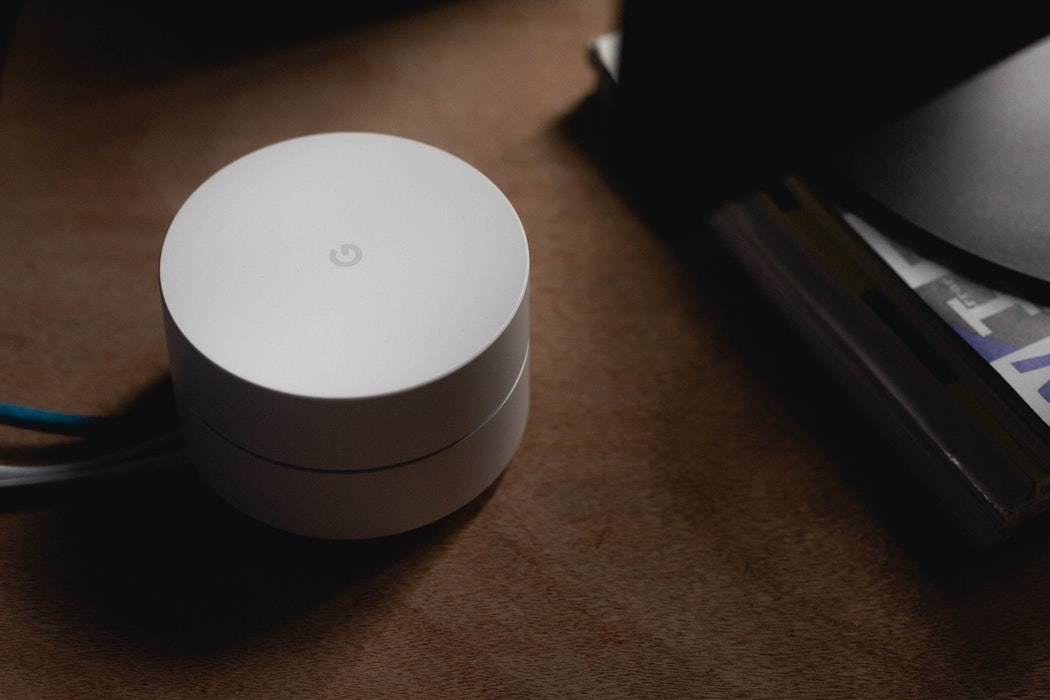After last week’s article about how to boost your WiFi network, I’m sure you headed straight out to buy a Wireless-N, dual-band router and removed all the cement or brick walls in your home or office to allow for optimal placement and signal transmission, right? No? Never fear. While an up-to-date router is an integral part of a stable, strong WiFi network, there are even more ways to improve your home or office network that don’t require a sledge hammer or building permit.
First, a quick recap of last week’s tips one through three: upgrade to Wireless-N, eliminate signal interference from other networks or electronics in the area, and install your router in a central, high location for a clear, unobstructed signal.
Step four: kick out piggy-backers.
If someone is using your network without your knowledge it’ll definitely slow things down. WiFi networks are easier to hack than you may think, even if you’ve set up a WPA security key (i.e. password) on your network. If you don’t have a password on your network, for the love of Star Wars please go do that now. Login to your router, turn on WPA encryption and set a password. You’ll need to also update all of the computers and devices on your network so that they provide the password when connecting.
Unfortunately, there are free programs that allow anyone to hack your network’s password, giving unscrupulous WiFi leeches access to your network.
If you think you may be the victim of a network hacker, check out the free network monitoring software offered by Zamzom.com. Follow the tutorial video to see how the program identifies all the computers and devices accessing your WiFi network. Use the tutorial’s tips to lock down your network or contact a trusted networking professional to help you determine if a router firmware program or stronger hardware firewall may help.
Step five: prioritize your programs.
It’s very common for network speed to slow when experiencing heavy traffic. If your WiFi network experiences a rush-hour clog when everyone in the house is online (downloading videos, streaming media, playing online games, etc), your router’s “Quality of Service” (QoS) settings may be able to help direct traffic.
Use QoS to set rules that your router will follow to prioritize the programs and functions you need (like surfing the net) over those that may be hogging your bandwidth unnecessarily (like the kids playing online games when they should be doing homework). Or you can elect to prioritize certain devices (like your computer) over others (like the Xbox).
Unfortunately, not all routers support QoS, so you’ll have to check your user manual or make sure to purchase one that does if you’re buying new. For a detailed walkthrough, check-out Lifehacker’s article “Ensure a Fast Internet Connection When You Need It”
Step six: extend your router’s range with a repeater or DIY tweaks.
For less than $30, you can add a stronger receiver to your computer or laptop, allowing the system that’s always had trouble connecting due to distance from the router, obstacles or poor receptiveness to miraculously get online. The Rosewill RNX-N180UBE USB External Antenna Wireless Adapter (Amazon, $23) plugs into your computer or laptop’s USB slot. The antenna increases the receiving strength of your computer.
If you’re short on funds, you can explore your inner Nerd with a DIY antennae made with aluminum foil, a file folder, some glue and scissors. Just search YouTube for “WindSurfer Antenna” for a video tutorial. Some users swear they’ve seen as much as an 82% increase in their wireless strength, but your mileage may vary. But for the bargain price of free, there’s nothing to lose.

About The Author: Andrea Eldridge is CEO and co-founder of Nerds On Call, a computer repair company that specializes in on-site and online service for homes and businesses. Andrea is the writer of a weekly column, Nerd Chick Adventures in The Record Searchlight. She prepares TV segments for and appears regularly on CBS, CW and FOX on shows such as Good Day Sacramento, More Good Day Portland, and CBS 13 News, offering viewers technology and lifestyle tips. See Andrea in action at callnerds.com/andrea/.






